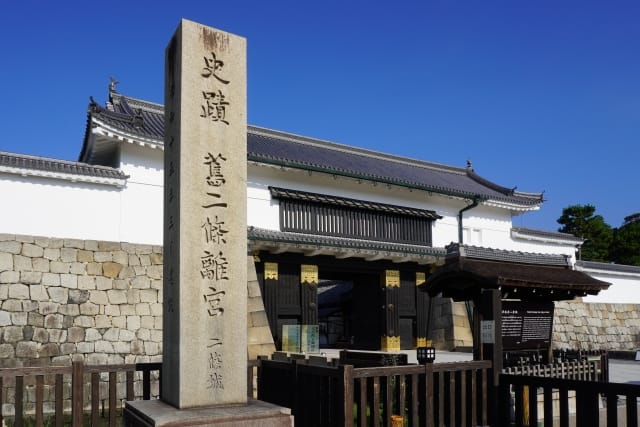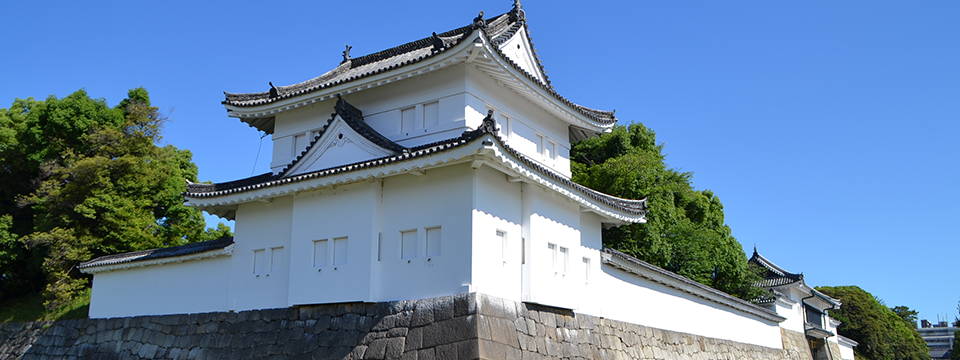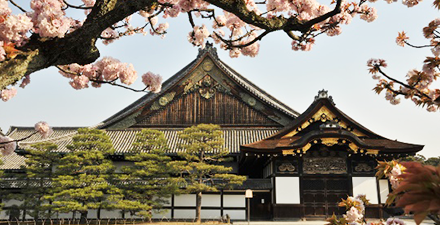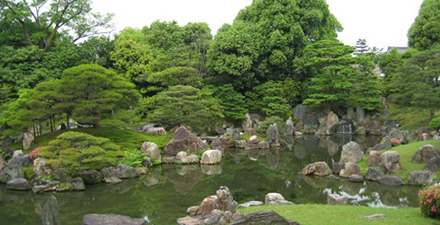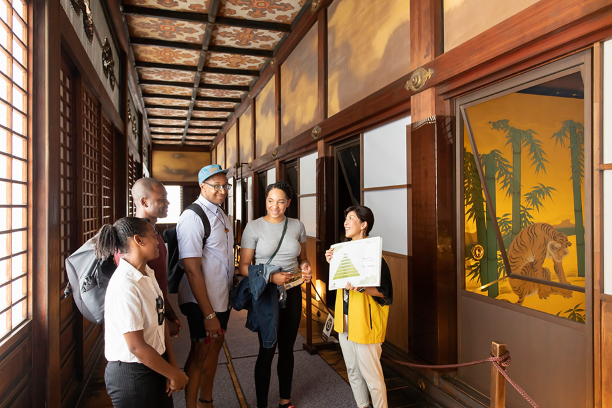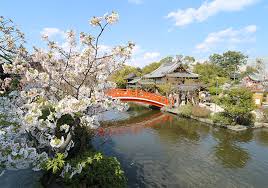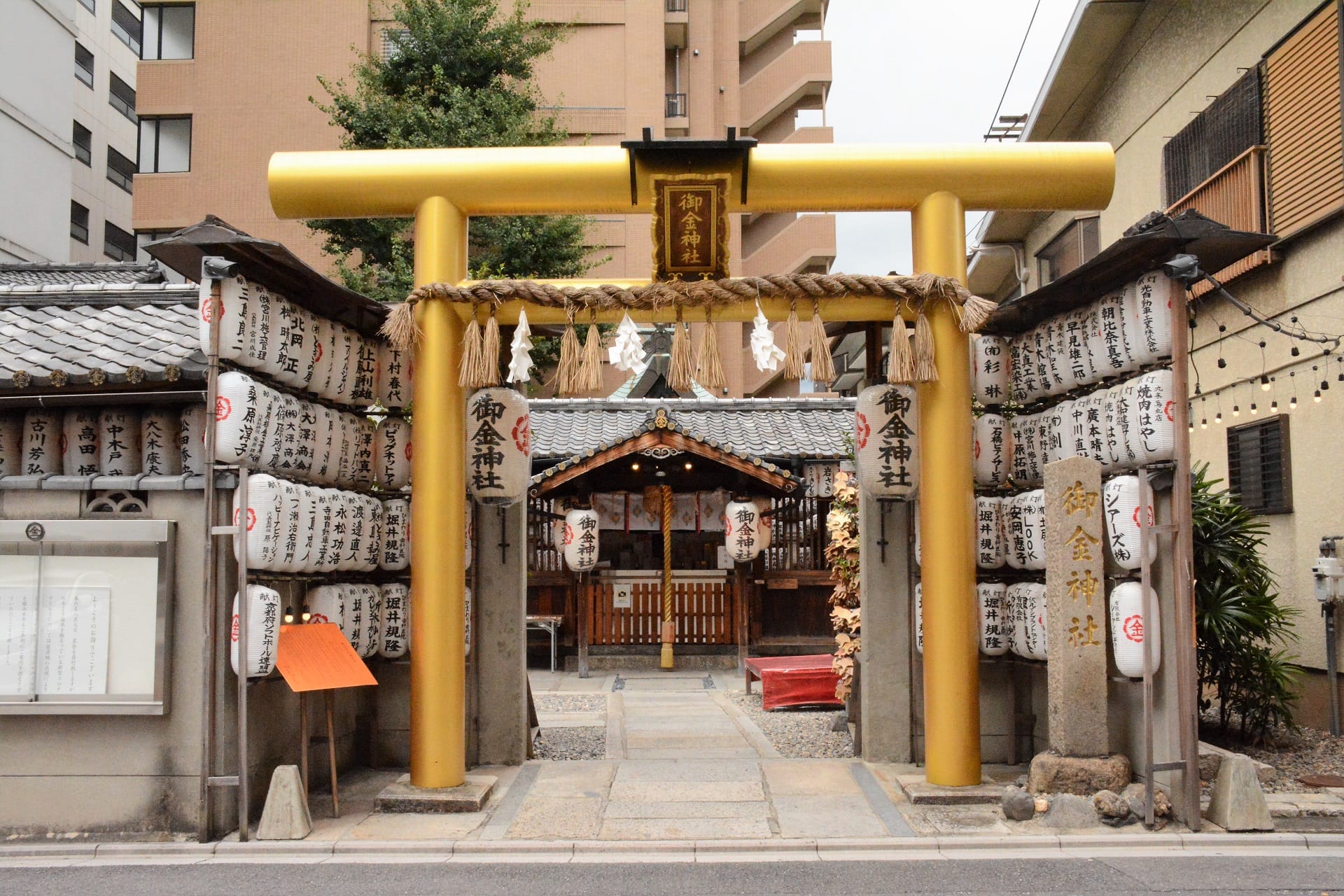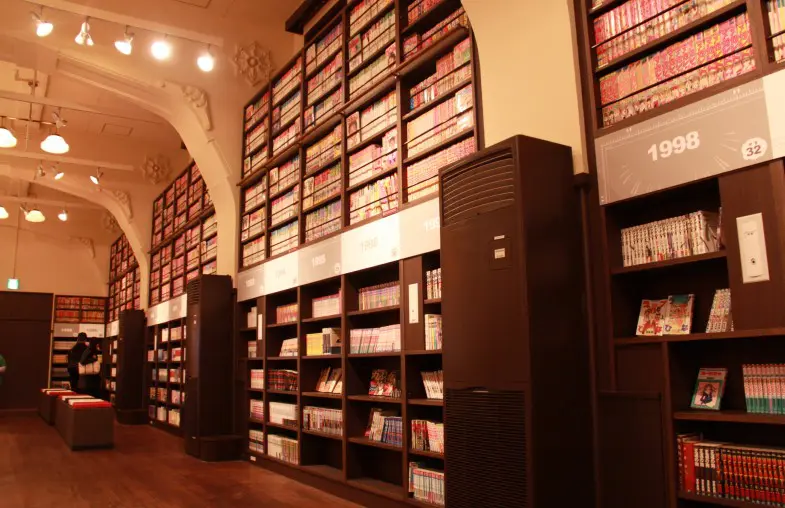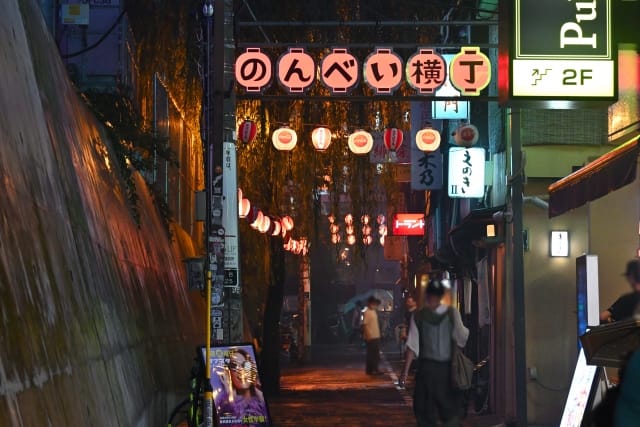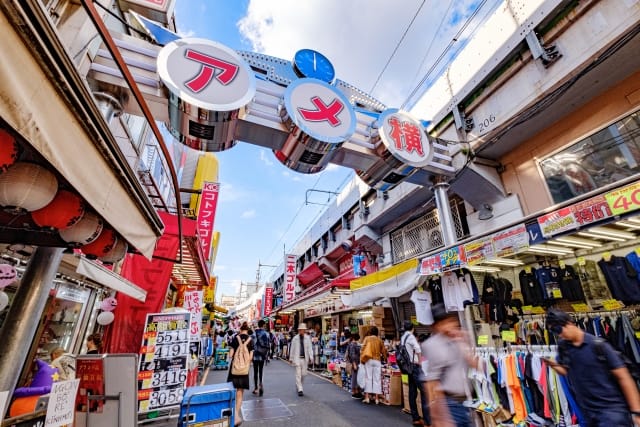Nijo Castle-Former Imperial Villa: Kyoto’s Sightseeing Spot
Kyoto, one of Japan's premier tourist destinations, was once the nation's capital and the residence of the emperor for over 1,000 years. Temples and shrines were built to protect the city, and many of these structures have survived the centuries, preserving their historical beauty.
Kyoto is home to numerous temples and shrines that vividly reflect Japan's history, but Nijojo Castle is particularly recommended. Nijojo Castle was constructed to protect the Kyoto Imperial Palace, where the emperor resided, and to serve as a lodging for shoguns visiting Kyoto. Recognized as a UNESCO World Heritage Site for its historical significance, its central location in Kyoto makes it easily accessible to other tourist spots as well.
In this article, we will introduce the highlights of Nijojo Castle, how to enjoy your visit, and nearby attractions.


If you are interested in Attractions in Kyoto, check the article below! I summarized how and where you can enjoy Attractions in Kyoto as much as possible.
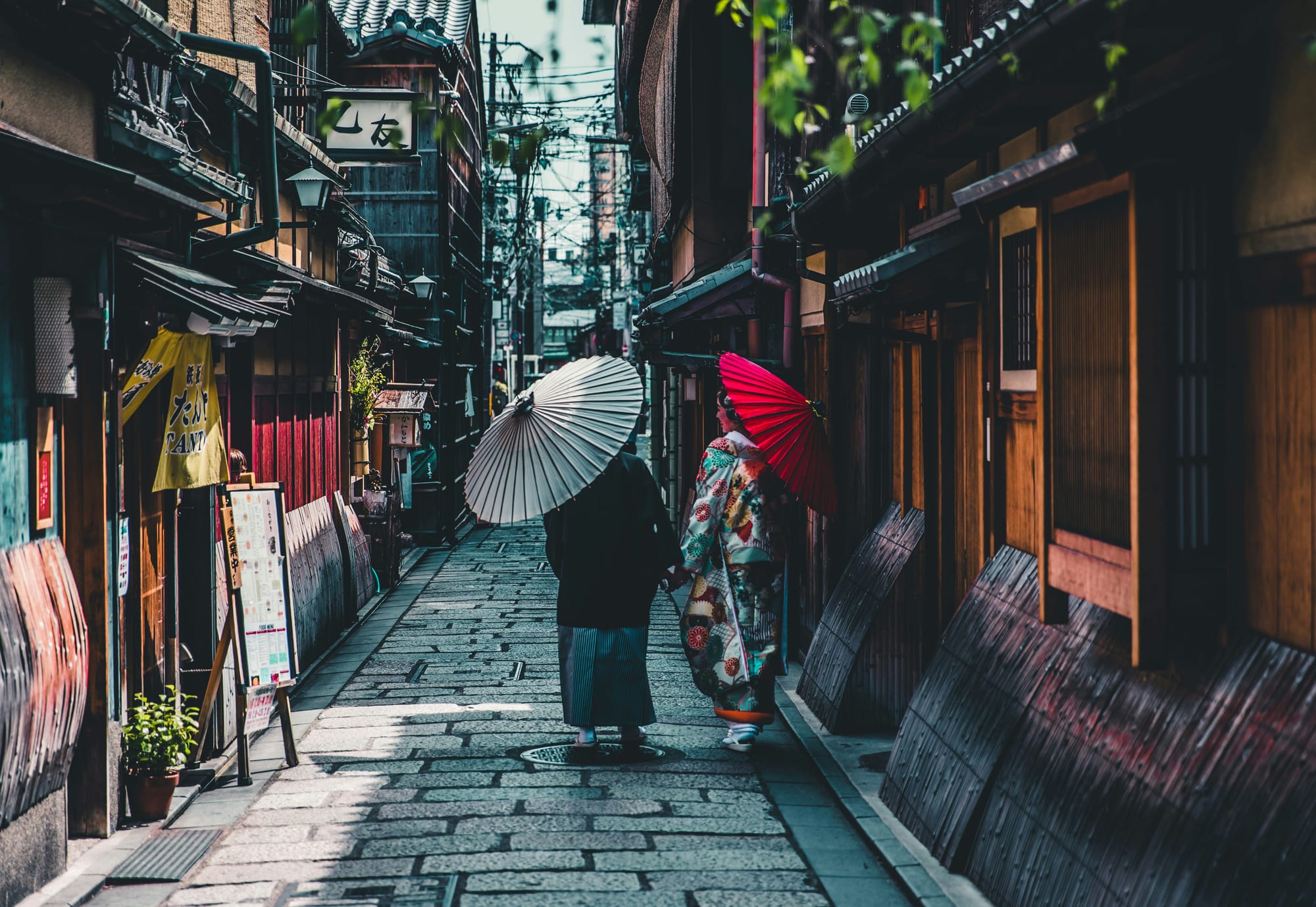
Nijojo Castle: Established as an Imperial Villa in 1603
source: Official website
Nijojo Castle was established in 1603 by Tokugawa Ieyasu, a renowned shogun of Japan, as an imperial villa separate from the emperor's residence.
During the reign of the third shogun, Tokugawa Iemitsu, a major renovation took place to welcome Emperor Go-Mizunoo to the castle. The Ninomaru Palace was adorned with new decorations, including famous barrier paintings.
In 1867, the 15th shogun, Tokugawa Yoshinobu, returned political power to the emperor at the Ninomaru Palace, marking a significant historical event.
Due to its association with such important historical events, Nijojo Castle has been registered as a UNESCO World Heritage Site.
Registered as a UNESCO World Heritage Site in 1904
Nijojo Castle was registered as a UNESCO World Heritage Site in 1904. UNESCO World Heritage Sites are designated as having "outstanding universal value" and are preserved as part of humanity's cultural heritage.
Nijojo Castle was selected as part of the "Historic Monuments of Ancient Kyoto" due to its luxurious decorations, including barrier paintings and metal fittings, and its deep connection with the Tokugawa family, which is indispensable in discussing Japanese history.
Three Must-See Highlights of Nijojo Castle
Ninomaru Palace: A National Treasure
source:Official website
The Ninomaru Palace, consisting of six buildings, is registered as a national treasure. It is known for its shoin-zukuri style, a residential architecture centered around a study, which was completed in the early Edo period and holds significant importance in the history of Japanese architecture. With the disappearance of Edo Castle, Osaka Castle, and Nagoya Castle, it remains the only palace within a castle in Japan.
The palace interiors are adorned with high-quality barrier paintings, primarily by the Kano school, the largest school of Japanese painting.
The corridors of the Ninomaru Palace are known for their "nightingale floors," which make chirping sounds reminiscent of a bird's song when walking on. Be sure to experience this charming feature when you visit Kyoto.
If you are interested in Best Sakura Spots in Kyoto in 2025, check the article below! I summarized Best Sakura Spots I recommend and how I felt each spot.

Over 3,600 Barrier Paintings Inside the Palace
source:Official website
The Ninomaru Palace boasts an impressive 3,600 barrier paintings. The "Tiger Room," used as a waiting area, is named for its intimidating decor meant to impress visitors, and it is believed that the owner of the mansion was powerful enough to tame tigers.
The main hall, designed by renowned painter Kano Tan'yu, features pine trees symbolizing longevity and prosperity. Rooms with perspective paintings and transom carvings of cypress wood add depth and a three-dimensional feel to the space. The dazzling world created by various designs is breathtaking.
Ninomaru Garden: A Special Place of Scenic Beauty
source:Official website
The Ninomaru Garden, a Special Place of Scenic Beauty, is famous for its shoin-zukuri style and was created to match the image of the castle when it was built. It was later renovated for Emperor Go-Mizunoo's visit, transforming into a courtyard surrounded by newly constructed buildings.
The garden offers views from the main hall, black study room, and imperial visit hall of the Ninomaru Palace. The pond's central island represents Mount Penglai, flanked by turtle and crane islands, creating a dynamic landscape.
Having visited myself, I enjoyed the different atmosphere from other gardens within Nijojo Castle, such as the Honmaru Garden and Seiryu-en Garden.
Honmaru Palace: Reopened to the Public in September 2024
source: Official website
The Honmaru Palace, located at the heart of the castle, was originally built for Emperor Go-Mizunoo's visit but was destroyed by fire in 1788. It was rebuilt by the 15th shogun, Tokugawa Yoshinobu, but demolished around 1881. The current Honmaru Palace was relocated from the Kyoto Imperial Palace in 1894 by Emperor Meiji.
Honmaru Palace is a valuable example of Edo-period residential architecture of the imperial family and is designated as an Important Cultural Property.
Taisho Emperor, as a crown prince, stayed here about ten times, highlighting its significance as an imperial villa.
After repairs were completed in March 2024, it reopened to the public in September for the first time in 18 years, drawing large crowds.
Recommended "Official Nijo-jo Castle English Guided Tour"
source: Official website
To explore Nijojo Castle efficiently, the Official Nijo-jo Castle English Guided Tour is recommended. Expert guides provide detailed explanations of the castle's history, cultural properties, and related figures.
The tour includes access to non-public areas, offering insights into the castle's historical value that might be missed on a self-guided tour. The guides' extensive knowledge, including core information not found in guidebooks, enhances the experience.
English tours are available at 10:00 and 12:00, lasting 60 minutes, with a fee of 2,500 yen. Children under elementary school age can join for free with one adult.
Festivals at Nijojo Castle from July to October
Nijojo Castle hosts annual festivals from July to October. The summer festival in July-August features digital fireworks and festival stalls, while the Nijojo Castle Festival in October-December celebrates autumn foliage with stamp rallies and quizzes.
I attended one of these festivals and was mesmerized by the beautifully illuminated Nijojo Castle. The nighttime events are definitely worth a visit.
Visiting twice during the festival season is recommended to experience the castle's different atmospheres during the day and night.
"NAKED Summer Festival 2024" from July 26 to August 25
source:KYOTO SANGYO UNIVERSITY
In 2024, the "NAKED Summer Festival 2024 World Heritage Nijojo Castle" was held from July 26 to August 25. Produced by the creative company NAKED, INC., which is active in Paris, Shanghai, and Singapore, the event featured colorful illuminations of the Ninomaru Palace, important cultural property Karamon Gate, and the Special Place of Scenic Beauty Ninomaru Garden.
Projection mapping of fireworks on the inner moat's stone walls and promotional videos for the reopened Honmaru Palace added to the festivities.
Digital festival games such as archery and shooting stalls were available in front of the kitchen, and visitors could enjoy shaved ice and carbonated drinks from various stalls.
The event was held from 18:30 to 22:00, with admission fees of 1,800 yen for junior high school students and older (2,200 yen on weekends and holidays), 1,000 yen for elementary school students (1,400 yen on weekends and holidays), and free for preschool children.
If you are interested in Event in August, check the article below! I summarized how and where you can enjoy Event as much as possible.
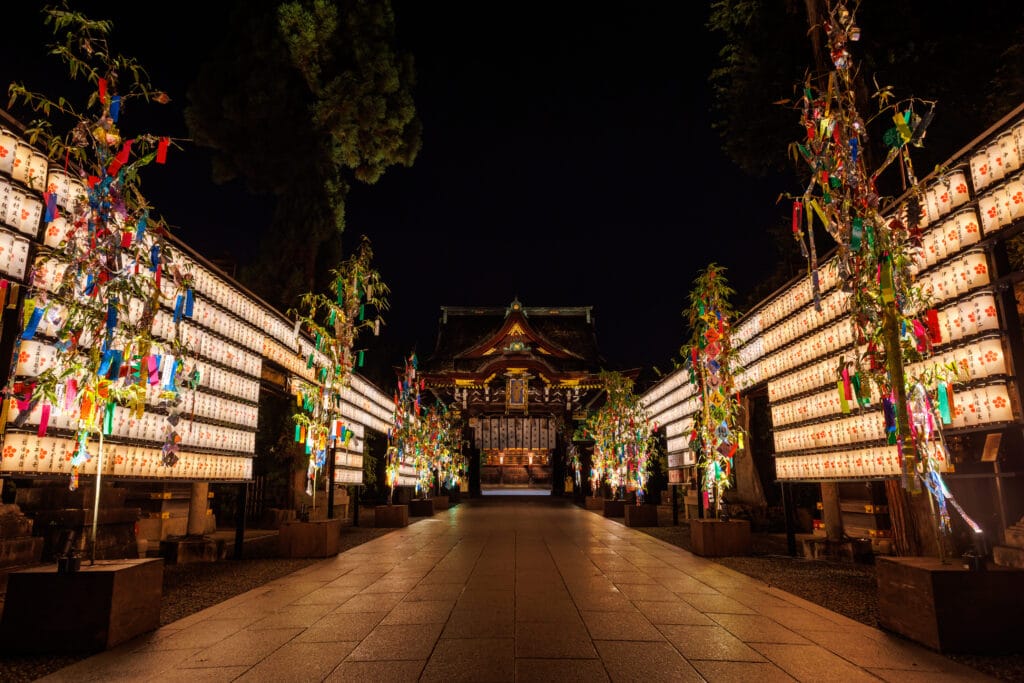
Access to Nijojo Castle
Address: Nijojocho 541, Nijo-dori Horikawa Nishi-iru, Nakagyo-ku, Kyoto
Closed: December 29-31
Phone: 057-841-0096
Hours: 8:45 AM - 4:00 PM (closing at 5:00 PM)
Website
Admission: Adults 800 yen (with Ninomaru Palace admission 1300 yen), Middle/High School Students 400 yen, Elementary Students 300 yen
Three Nearby Attractions to Enjoy with Nijojo Castle
Shinsen-en Temple
source: Official website
Shinsen-en Temple, established in 794 for the emperor, is Kyoto's oldest garden. The large pond and the vivid red bridge, Hosho Bridge, are popular spots. It is said that making a wish while crossing the bridge and praying at the Ryuo Shrine will make your wish come true.
The nightly illumination of the bridge reflecting on the water is enchanting and perfect for an evening stroll.
Access
- Address: 167 Monzen-cho, Nakagyo-ku, Kyoto
- Hours: 7:00-20:00
- Admission: Free
- Official website
Mikane Shrine
source: Official website
Mikane Shrine is said to bring good fortune in money matters. The striking "golden torii" stands out in the urban landscape.
The shrine's sacred ginkgo tree, over 200 years old, is awe-inspiring. Visitors can purchase omamori (protective charms) like the fukutsutsumi omamori, a gold-foiled wallet believed to enhance financial luck.
Access
- Address: 614 Nishikikoji-cho, Nakagyo-ku, Kyoto
- Hours: Open 24 hours
- Admission: Free
- Official website
Kyoto International Manga Museum
source: Official website
The Kyoto International Manga Museum houses approximately 300,000 manga, from Edo-period ukiyo-e to contemporary works. It's a must-visit for manga enthusiasts, offering a blend of museum and library experiences.
Regular exhibitions, special exhibits, workshops, and kamishibai (paper theater) are held, providing new discoveries each visit. The museum shop and cafe with manga artists' autographs are also popular.
Access
- Address: Former Ryukoku Elementary School, Nakagyo-ku, Kyoto
- Hours: 10:00-17:00, closed Wednesdays
- Admission: 1,200 yen for adults, 400 yen for junior high and high school students, 200 yen for elementary school students
- Official website
